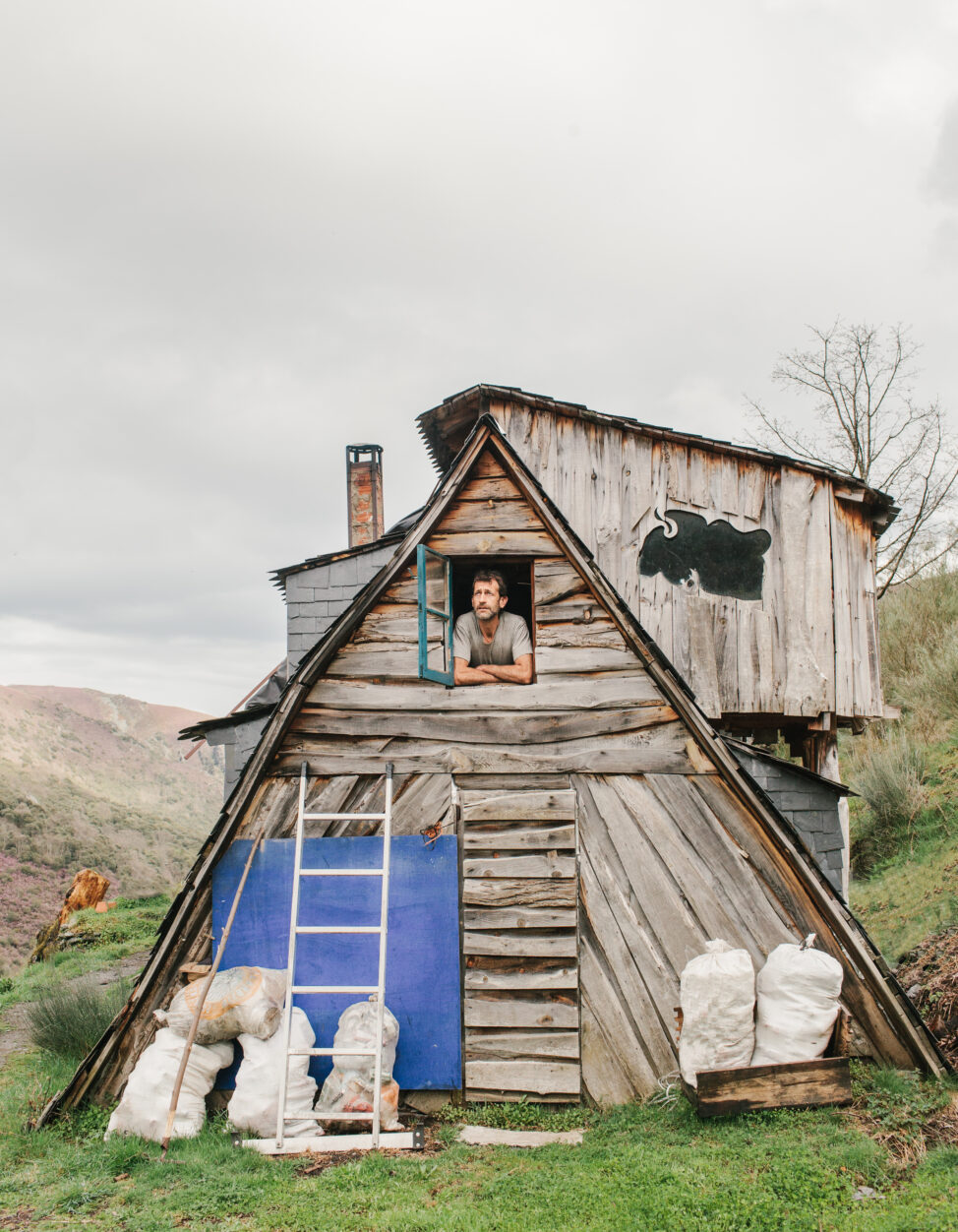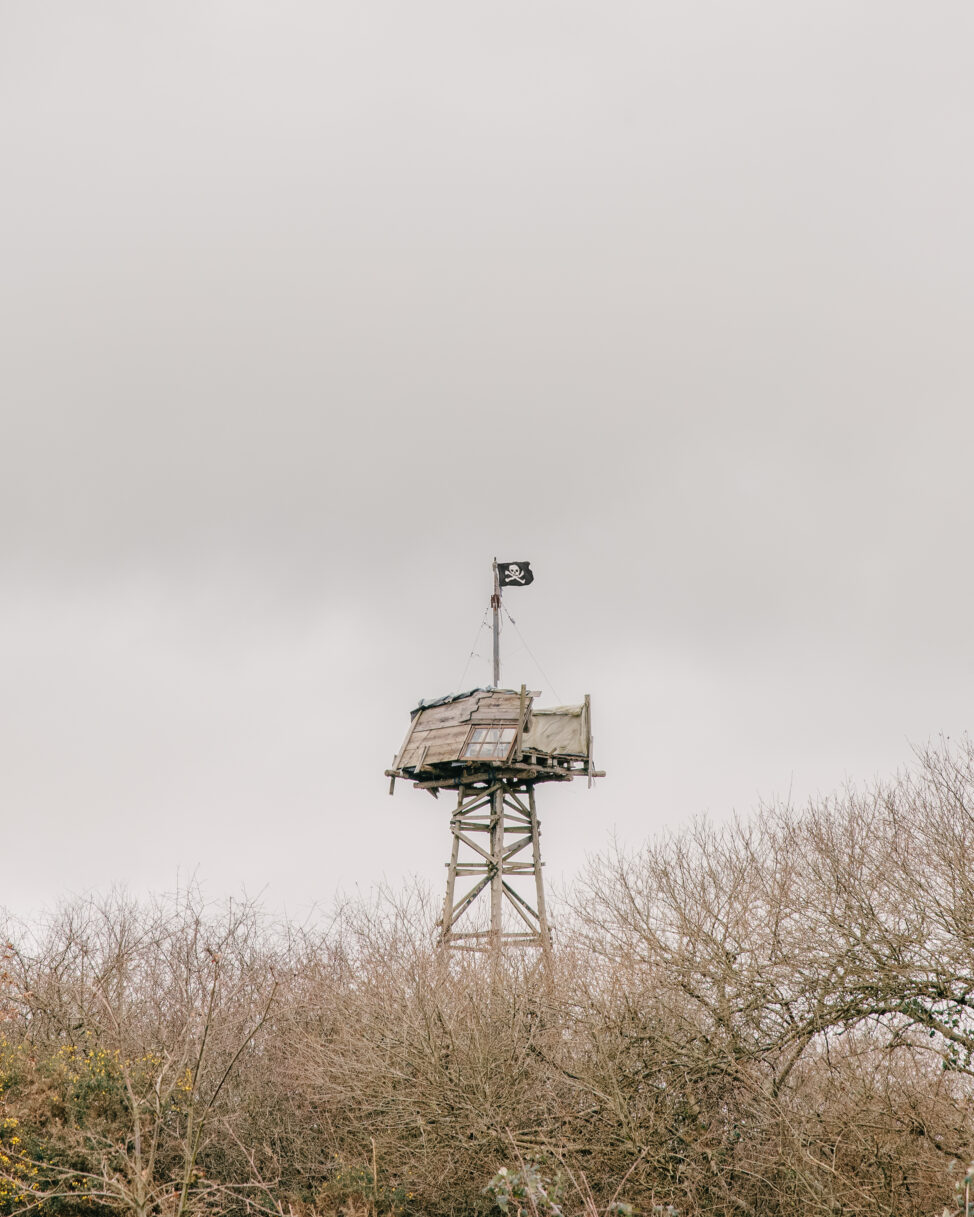Kevin Faingnaert
BE
-

MATAVENERO - 2015 - Photographic series [Detail] -

ZAD - 2017 - Photographic series [Detail]
Kevin Faingnaert lives in Gent, Belgium and works everywhere. He has a degree in Sociology and pursued his dream in becoming a photographer afterwards. As a documentary photographer, he mainly focuses on small groups and communities that are removed from mainstream culture. In 2017 Kevin received first prize in the ZEISS Photography Awards for his series “Føroyar” about life on remote and sparsely populated villages on the Faroe Islands. He has been selected to participate in the prestigious Joop Swart Masterclass in 2017, where he worked on “The ZAD”, a series about the biggest rural protest camp in Europe.
MATAVENERO, 2015
“In spring 2015, I ventured to Matavenero, a remote ecovillage high up in the isolated mountainous region of North West Spain. The village was populated in 1989 by an international mix of strong, independently-minded people who wanted to live simply in harmony with nature. During my stay, I immersed in their lifestyle, and getting to know them on a daily basis turned into a genuine co-existence, which allowed me to make a series of intricate portraits of those whom I could call friends.”
ZAD, 2017
The ZAD is Europe’s largest postcapitalist land occupation, a rural protest camp on the outskirts of Brittany in Notre-Dame-des-Landes. Ever since 2009, this 4,000-acre space comprised of farms, wetland, forests and abandoned properties has been inhabited by environmentalist activists, the zadists, opposing the construction of an international airport that threatens to turn the surrounding countryside into a sprawling metropolis. The zadists organized themselves to save the forests, fields and villages from demolition and concreting. The farms of inhabitants who once lived there and left the zone got squatted, treehouses in the forests got built and caravans, trailers and self-built cabines found their place in the nearby fields. The area became the ZAD, which stands for Zone à Defendre, or Zone To Defend.
As plans for the airport development seemed to drift into a state of hiatus, the ZAD commune only grew stronger, taking root as a home for activists and a place of social experimentation. In doing so, it has become a symbol of resistance to various infrastructural projects across France – dubbed by politicians as “a lawless territory lost to the republic”.
The ZAD became a micro-society where activists, together with some remaining original inhabitants and farmers, try to live together in a self-sufficient and ecological way. All kinds of people – farmers, punks, vegans, anarchist artists, herbalists, communist blacksmiths and musicians, have formed a rare partnership in the struggle against capitalism and globalisation of our neo-liberal economy.
Authorities have repeatedly tried to evict the protesters and clear the land only for the zadists to remain steadfast in their presence, using permaculture strategies to harness the land while turning makeshift structures into a thriving community which stands on itself – one with its own theatre spaces, vegetable markets, bakery, bike workshops, a brewery, a weekly newspaper, climbing wall and even a pirate radio station.
In the summer of 2017, I stayed in the ZAD for 3 weeks with the aim to meet men and women who made the radical choice to live at a protest site. I photographed the people who reside in this stretch of occupied land and the places where they live.